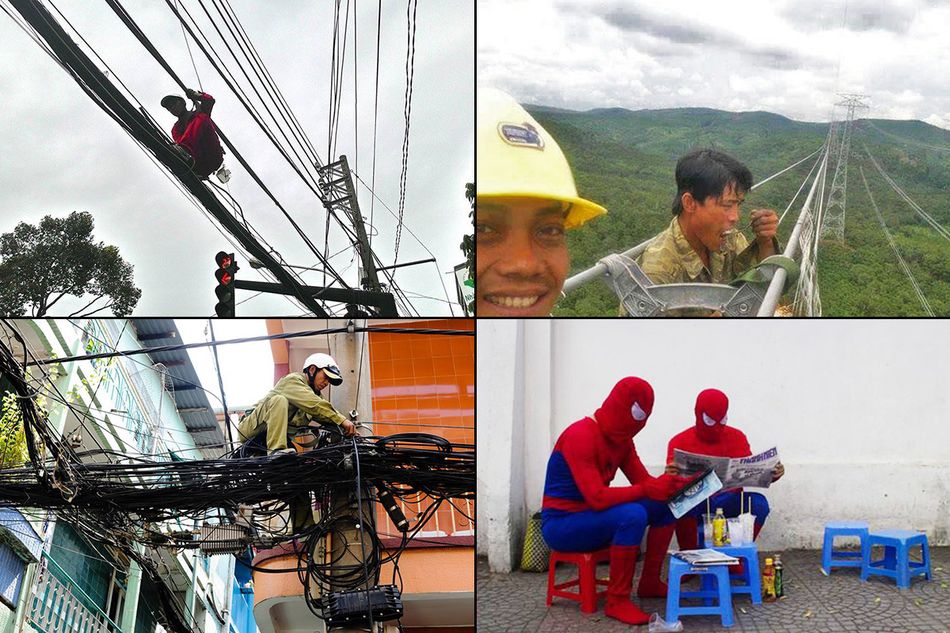A large number of ruthless women warriors throughout Japan's history upend the popular notion that all samurai were men.
Known as onna bugeisha, these female samurai who fought beside and against male samurais are an important part of Japan's military history. To protect their homes and villages as well as assist in larger defensive campaigns against rival clans, they received an extensive amount of training. Unlike their Y-chromosome peers, they preferred a long pole with a blade on the end called a naginata which counterbalanced their smaller stature. They were also well-trained at ranged weapons such as bows and the traditional martial art Tantōjutsu.

Throughout history, numerous onnabugeisha gained significant fame for their battlefield successes, including Empress Jingu who lead a conquest of modern-day Korea, riding into battle while pregnant; Tomoe Gozen whose 12th-century exploits included taking 300 samurais into battle against a force of 2,000 and being considered the nation's first true general.
The prominence of onna bugeisha waned in the 17th century when the role of women in Japanese society underwent significant changes. Subject to rigid concepts of domestic sacrifice and subservience to their husbands and fathers, women were no longer free to travel or engage in battles, which were also on the decline. Nevertheless, a few did persist including Nakano Takeko who ruled over an all-female corps that was integral in one of the last battles fought between the Tokugawa clan and imperial forces at the end of the 19th century which ushered in the Meji Restoration.

Today, onna bugeisha live on in legends, animes, movies, an annual festival as well as through photographs like the ones featured below:









[Photos via Dangerous Minds]














